Fundamentals of ESS Notes
The Fundamentals of ESS | IBDP ESS Solutions Chapter 1 is your essential guide to mastering the foundational concepts of Environmental Systems and Societies. This chapter lays the groundwork for understanding how ecosystems function, the interplay between humans and the environment, and the principles of sustainability. With Tychr’s expert-curated solutions, students can grasp key topics, develop analytical skills, and confidently tackle their IBDP ESS syllabus.
The Fundamentals of ESS | IBDP ESS Solutions Chapter 1 is your essential guide to mastering the foundational concepts of Environmental Systems and Societies. This chapter lays the groundwork for understanding how ecosystems function, the interplay between humans and the environment, and the principles of sustainability. With Tychr’s expert-curated solutions, students can grasp key topics, develop analytical skills, and confidently tackle their IBDP ESS syllabus.
1.1 ENVIRONMENTAL VALUE SYSTEM
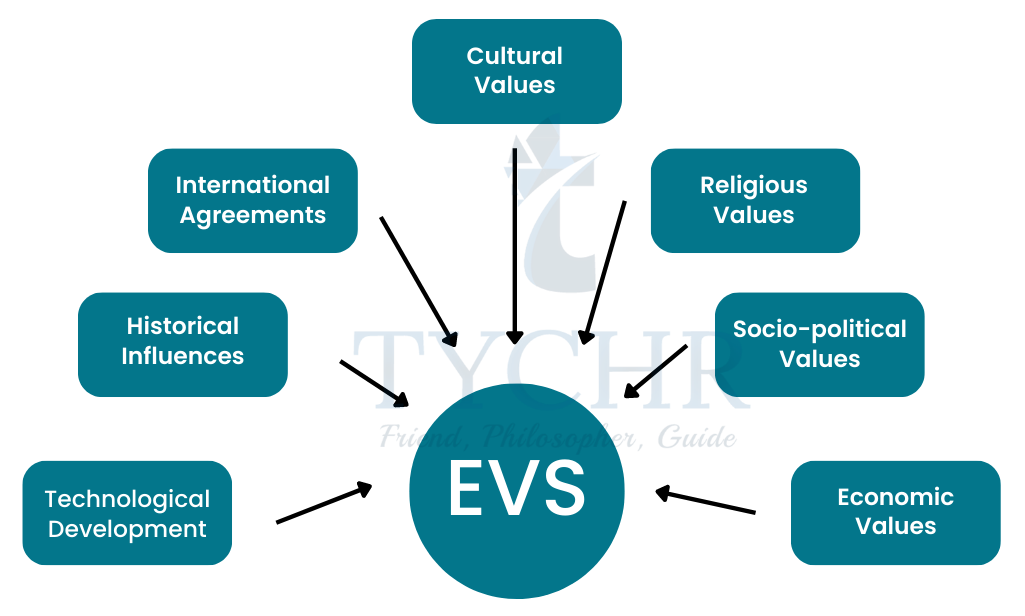
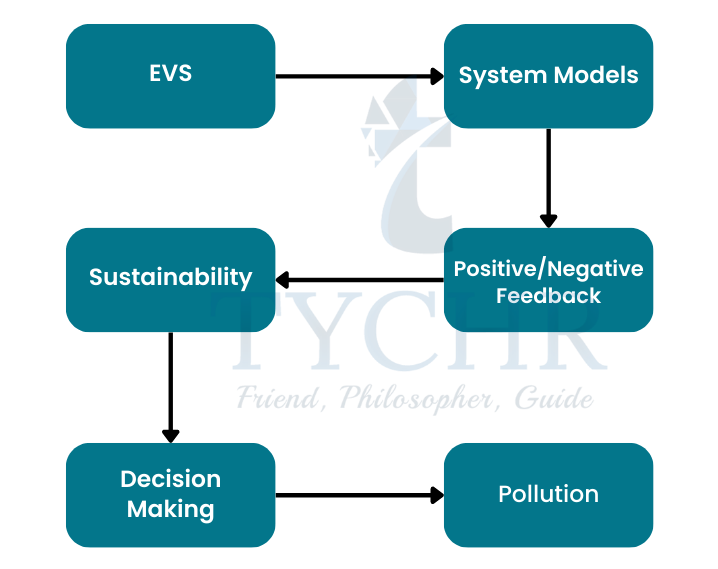
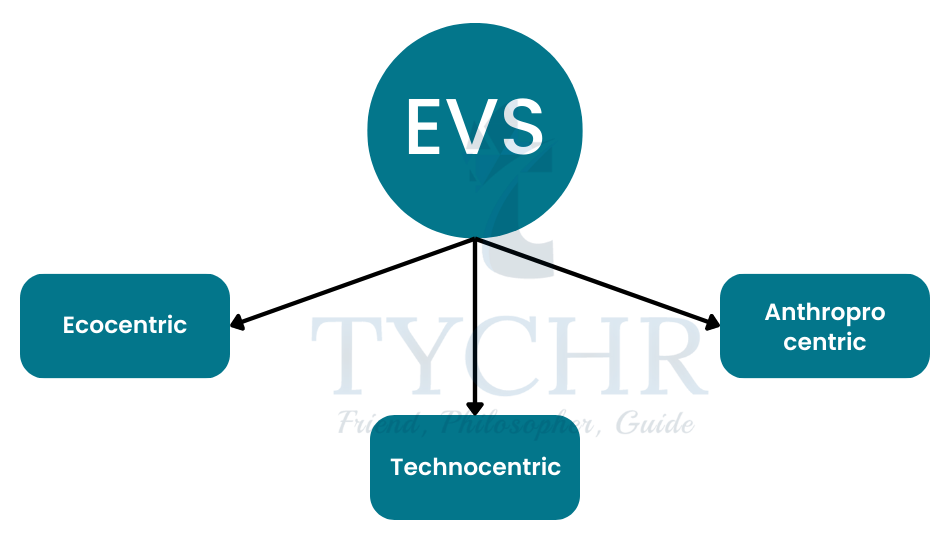
1.1.1 What is ESS?
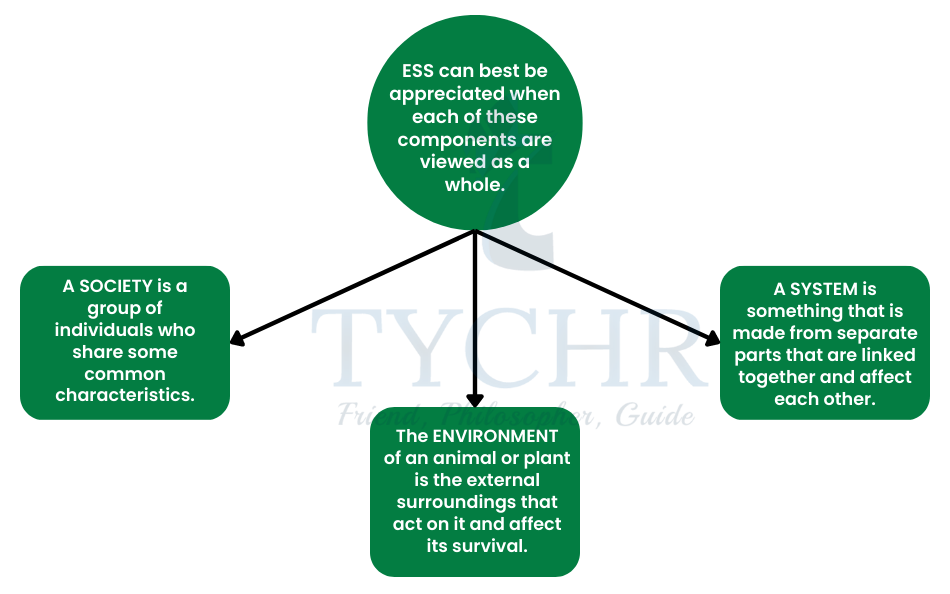
1.1.2 Development of Environmental Movement
Environmental Disasters | Literature | Media | International Agreements | Technological Innovation |
|
|
|
|
|
1.1.3 Environmental Value Systems
A particular worldview or set of paradigms is known as an environmental value system (EVS), and it influences how an individual or group of people perceive and evaluate environmental issues.
EVS Inputs | EVS Outputs |
|
|
1.1.4 Range of EVS
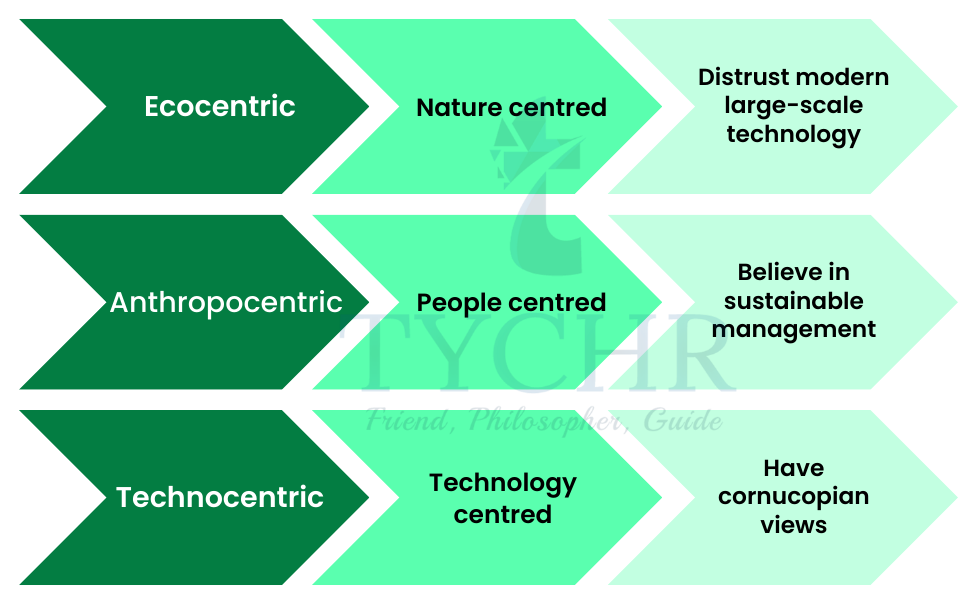
Ecocentric | Anthropocentric | Technocentric |
| Ecocentrists are nature-centered and prefer to work with natural environmental systems to solve problems, and to do this before problems get out of control. | An anthropocentrist believes humans must sustainably manage the global system: this might be through taxes, environmental regulation, and legislation. | Technocentrists accept that innovation will stay up with and give answers for ecological issues. |
1.1.5 Decision Making and EVSs
EVSs influence our decision-making processes in the following ways:
Environmental challenges posed by the extensive use of fossil fuels: | Approaches of resource managers to increasing demand for water resources: | Methods for reducing acid rain: |
| Ecocentrists– Would call for the reduction of greenhouse gases through curtailing the existing gas-emitting industry, even if this restricts economic growth. Technocentrists– Would consider this to be a good illustration of the replacement of resources—an alternative industry can take the place of one that is harmful to the environment. They would try to develop technology that would lower the amount of carbon dioxide produced by burning fuel. | Ecocentrists– Would highlight the overuse and misuse of water. They would encourage the conservation of water and greater recycling, and say that water use should be within sustainable levels. Technocentrists- Would support iceberg capture and transport, wastewater purification, synthetic water production, cloud seeding and extracting water from deep aquifers. They would also look at innovative ways to reduce the use of water, both in industry and at a domestic level. | Ecocentrists- Would argue for a change in lifestyle that reduces the need for either the energy produced by coal, or the products that are made with that energy. Eg: dressing warmly or changes in transport. They also encourage the ‘reuse, reduce, recycle’ philosophy. Technocentrists- Would again argue for the use of alternative technology and the promotion of continued economic growth regardless of the impact of emissions of greenhouse gases because they believe that humanity is capable of controlling the issue whenever it is necessary. |
1.1.6 Intrinsic Value
This means that the natural world has integral worth independent of its value. intrinsic value is one that has an inherent worth, irrespective of economic considerations- such as the belief that all life on Earth has a right to exist. Intrinsic values include those based on cultural and aesthetic values. Intrinsic values may vary between different EVSs.
1.2 Systems and Models
1.2.1 Systems
- Reductionist approach vs Holistic approach
- Use of diagrams in a Systems approach
- Emphasises similarities in the ways in which matter, energy and information link together in a variety of different disciplines
- Allows links to be made between subjects
Systems have inputs, outputs, and storages.
1.2.2 Characteristics of Systems
A system consists of:
- Storages- which are places where matter or energy is kept in a system.
- Flows- which serve as energy and matter inputs and outputs. The processes that make up the flows can be either:
- Transfers (a change in location) or
- Transformations (a change in the chemical nature, a change in state or a change in energy).
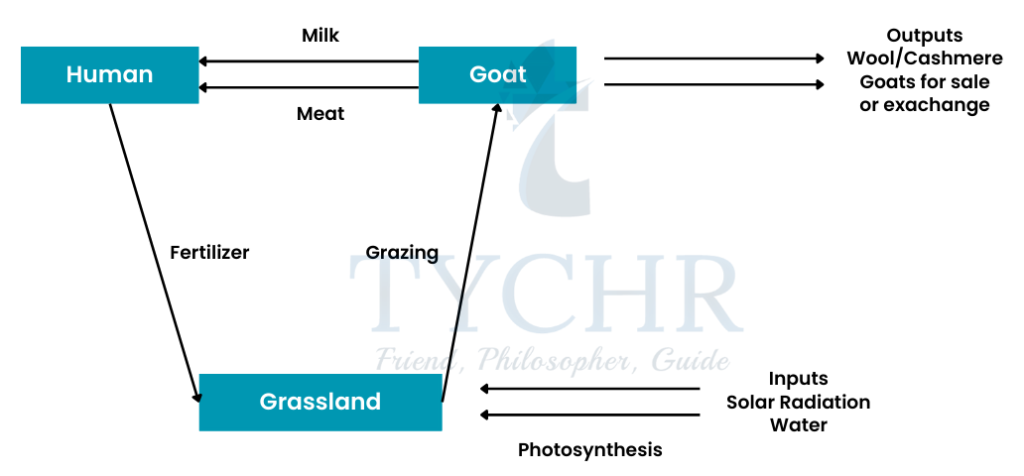
1.2.3 Types
- Open systems – Both matter and energy are exchanged across the boundaries of the system. Open systems are organic and so must interact with their environment to take in energy and new matter, and to remove wastes.
- Closed systems – Energy but not matter is exchanged across the boundaries of the system. Strictly, closed systems do not occur naturally on Earth except all the global cycles of matter (e.g. the water and nitrogeno Isolated systems – Neither energy nor matter is exchanged across the boundary of the system. These systems do not exist naturally, although it is possible to think of the entire universe as an isolated system.
1.2.4 Models
A simplified version of reality is called a model. Systems can be understood through the use of models, which can also be used to predict how they will react to change.
Strengths of Models | Limitations of using Models |
|
|
1.3 Energy and Equilibria
1.3.1 Laws of Thermodynamics and Environmental Systems
- First Law of Thermodynamics (law of conservation of energy)- states that energy cannot be created or destroyed: it can only be changed from one form into another. This indicates that the total amount of energy in any system is constant and can only change form.
- Second Law of Thermodynamics- states that the transfer of energy through a system is inefficient and that energy is transformed into heat. This means that less energy is available to do work and the system becomes increasingly disordered. In an isolated system, entropy increases spontaneously.
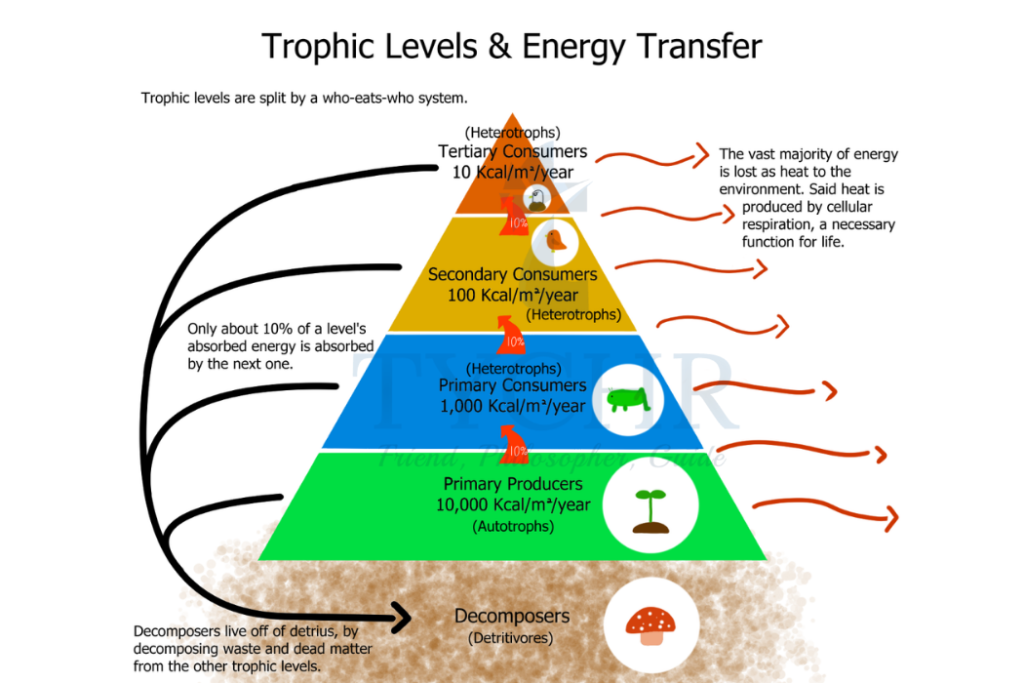
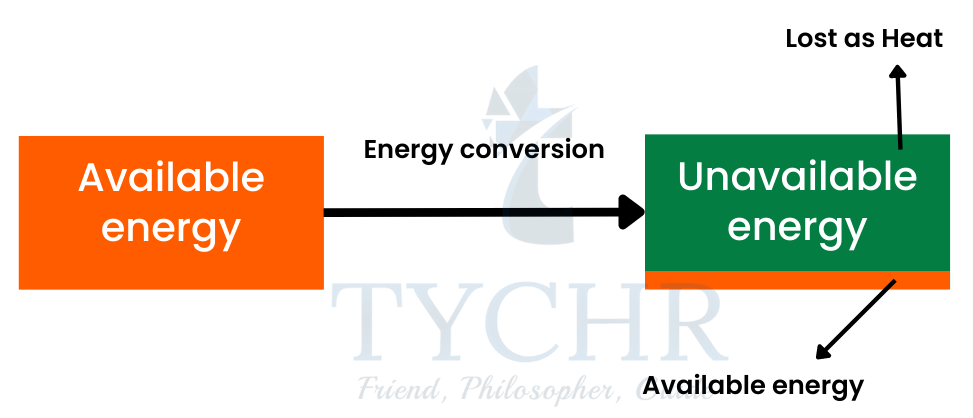
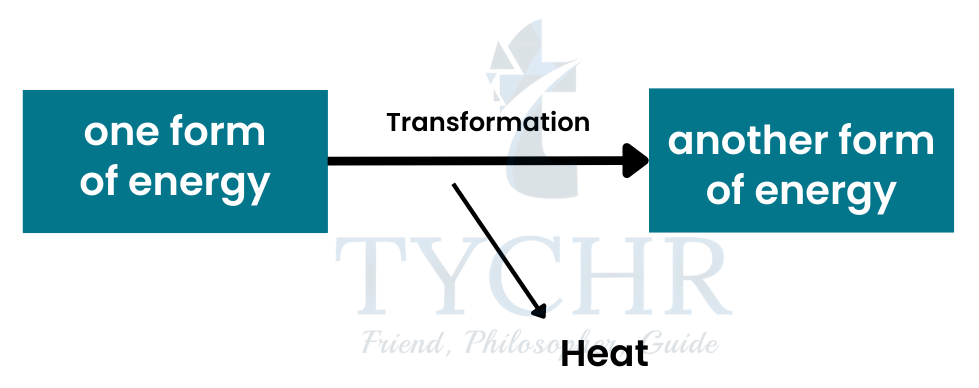
1.3.2 Nature of Equilibria
Let’s Revise
Feedback- When part of the output from a system returns as an input, so as to affect subsequent outputs.
Equilibrium- A state of balance among the components of a system.
Tipping Point- The minimum amount of change within a system that will destabilize it, causing it to reach a new equilibrium or stable state.
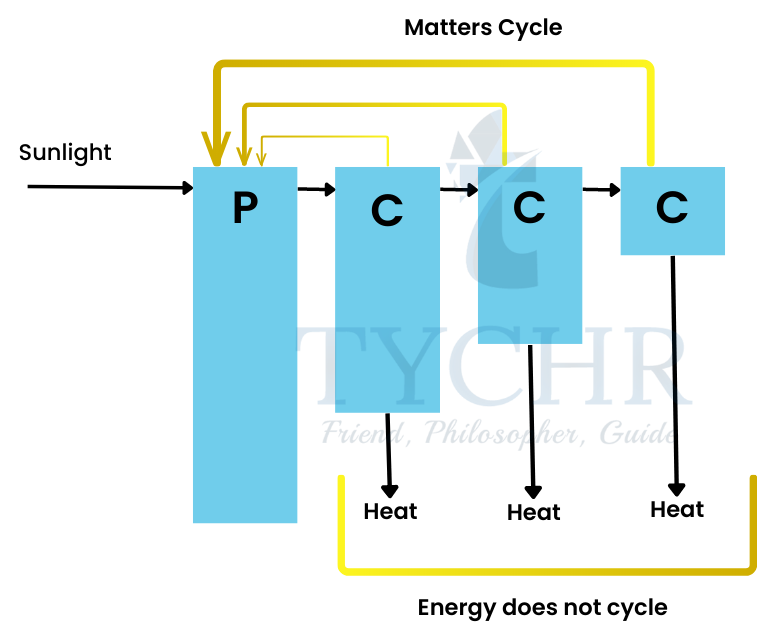
1.3.3 Positive & Negative Feedback
Positive Feedback | Negative Feedback |
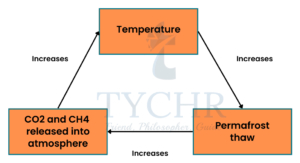 |
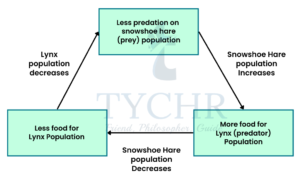 |
1.3.4 Tipping Point
A tipping point is a critical threshold when even a small change can have dramatic effects and cause a disproportionately large response in the overall system. Positive feedback loops tend to drive a system towards a tipping point where a new equilibrium is adopted. Systems at a threat from tipping points include:
- El Niño Southern Oscillation
- West African monsoon
- Amazon rainforest
- Boreal forest
1.3.5 Resilience & Diversity in Systems
Resilience- refers to tendency of ecological or social systems to avoid tipping points, and maintain stability through steady-state equilibrium. Diversity is a large number and proportions of species present in an ecosystem. Large storages/ high diversity, will mean that a system is less likely to reach a tipping point and move to a new equilibrium.
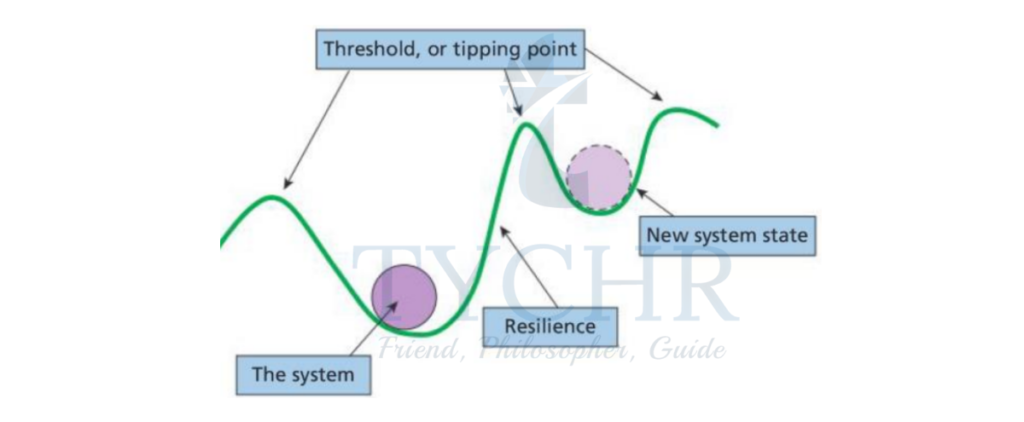
1.4 Sustainability
1.4.1 Sustainability
Sustainability means using resources from around the world at a rate that allows for natural regeneration and minimises environmental damage. It involves the use of renewable resources and the sustainable use of natural capital.
- Natural Capital- Are resources that can be utilised to produce a sustainable natural income. Natural ecosystems consist of goods and services. Goods are tangible products, such as timber. Services include water replenishment, flood and erosion protection, and climate regulation, which are life-supporting but often difficult to value economically.
- Natural Income- is the annual yield from natural capital sources like timber, ores, fish, plants, and so on.

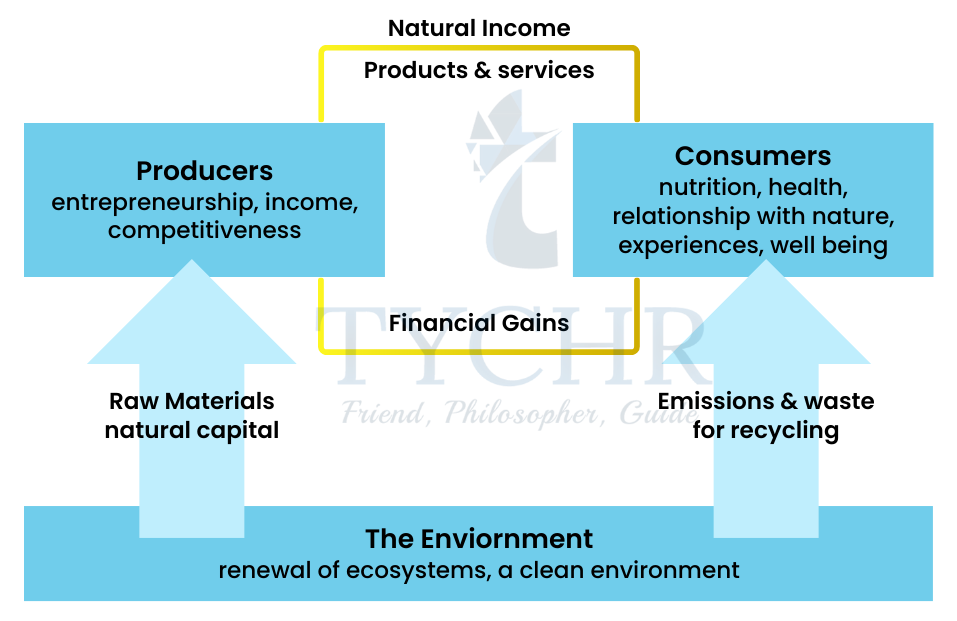
1.4.2 Sustainable Development
The definition of sustainable development is “meeting the needs of the present without compromising the ability of future generations to meet their own needs.”
1.4.3 Indicators of Sustainability
- Environmental Impact Assessment
An Environmental Impact Assessment (EIA) is carried out before any major development project. An EIA is an evaluation of the current ecosystem and the impacts from the development. An EIA estimates change to the environment that occurs as a result of a project, and helps to weigh the pros and cons. - Ecological Footprints
An ecological footprint is the area of land water needed to support a defined population at a given standard of living. Ecological footprints greater than the biocapacity of a country (i.e. the ability of a biologically productive area to generate sustainable supply of resources) indicate unsustainability. - The Millennium Ecosystem Assessment
In 2000 the UN initiated a consultation exercise that ultimately led to the launch of the Millennium Ecosystem Assessment (MA) in 2001. It was a large study to assess knowledge in this area and to reach agreement, involving both social and natural scientists. The aims of the MA were to improve the decision- making process relating to ecosystem management, with a view to improving human well-being. The MA was also developed to inform and improve future scientific assessments of this kind.
1.5 Humans & Pollution
1.5.1 Pollution
Pollution is the addition of a harmful substance to an environment at a rate greater than that at which it can be removed, and which has a noticeable effect on the organisms within the environment. It may be used quantitatively as an environmental indicator of sustainability.
Types of Pollution:
- Non-point Source Pollution- Is the release of pollutants from numerous, widely dispersed origins.
- Point Source Pollution- Is the release of pollutants from a single, clearly identifiable site. It is easier to manage and clean up than non-point source pollution because its origin can be identified.
- POPs- Are persistent organic pollutants that are resistant to environmental degradation which can accumulate in food chains. Once chemicals enter food chains, the top predators are often at extra risk because of the biomagnification effects of some chemicals.
- Biodegradable Pollution- is able to be broken down by organisms and so does not persist in food chains.
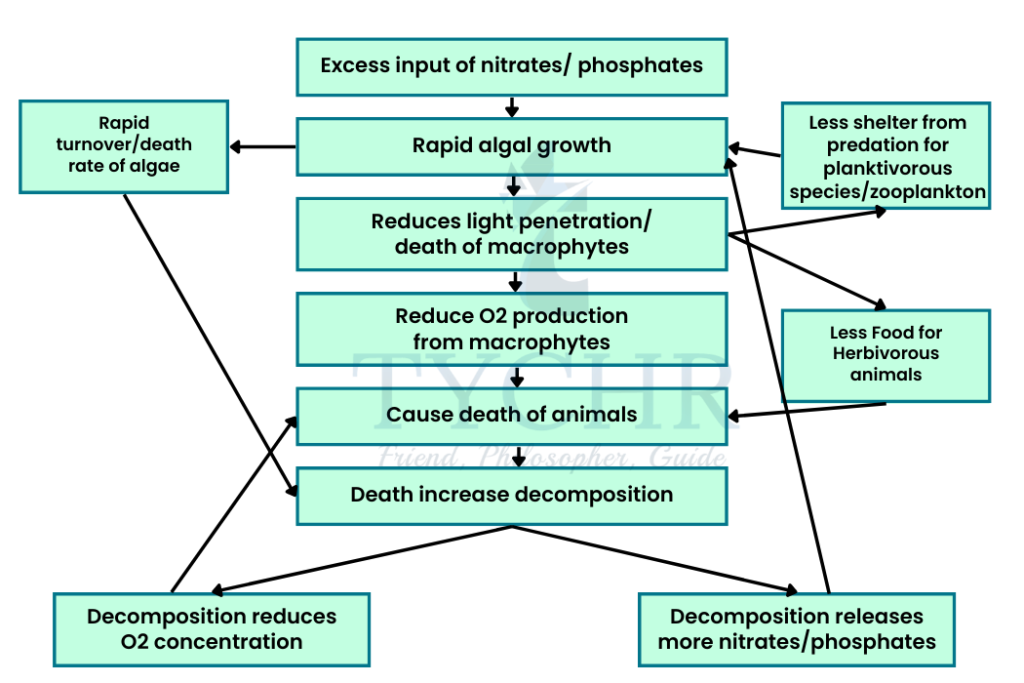
- Acute & Chronic Pollution- The effect of certain pollutants like UV radiation, due to a reduction of the ozone layer as a result of pollution from CFCs, may be acute or chronic. The effects of UV radiation may include temporary blindness, mutations during cell division, sunburn and skin cancers. In terms of air pollution, acute effects include asthma attacks. Chronic effects include lung cancer, chronic obstructive pulmonary disease (COPD) and heart disease.
- Primary Pollutant- Is one which is active on emission and directly impacts the environment. For example, CO2 is released from burning fossil fuels and actively contributes to global warming; CFCs are released from aerosols and actively contributes to ozone depletion.
- Secondary Pollutant- Is one that is formed from a primary pollutant through physical or chemical change. For example, CO2 combines with seawater to form carbonic acid that has an impact on calciferous shelled organisms or corals.Acid precipitation is produced when NOx and water combine. Photochemical smog is brought about by NO2’s production of ozone.
- Persistent Pollutant-are passed along food chains because living things can’t break them down. Persistent organic pollutants are organic compounds that do not break down in the environment through biological, chemical, or photolytic processes.
- Biodegradable pollutants- Are not stored in biological matter or passed along food chains. Most modern pesticides, used to treat crops to as to ensure maximum yield, are biodegradable
1.5.2 DDT
Dichlorodiphenyltrichloroethane (DDT) is a man-made pesticide that has both advantages and disadvantages. Its main advantages are in the control of diseases such as malaria and in improving crop yields. During the 1940s and 1950s, it was used extensively to control lice and mosquitoes.

Environmental Impacts | Health Impacts |
| The effects of DDT on human health are disputed and conflicting. For example, some studies have shown that:
|
1.5.3 Pollution Management
Modern technology can reduce the impact of pollution and so can human behaviour.
Changing Human Activities | Regulating Activities | Cleaning up Afterwards | Integration of Policies |
|
|
|
|
With clear insights and detailed solutions provided by Tychr on Fundamentals of ESS | IBDP ESS Solutions Chapter 1, students can build a strong foundation, ensuring success in both their coursework and exams.

